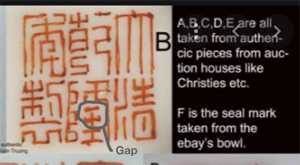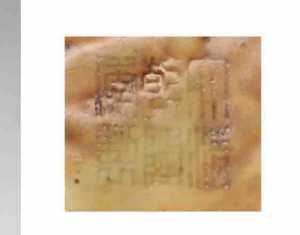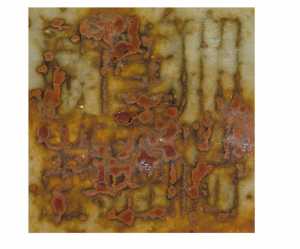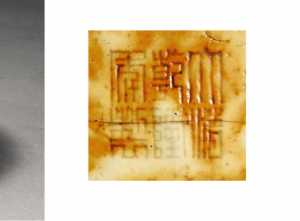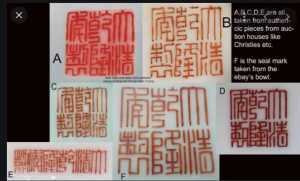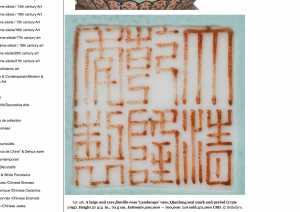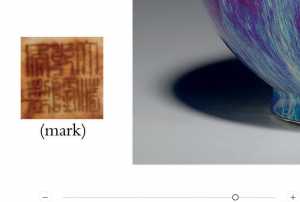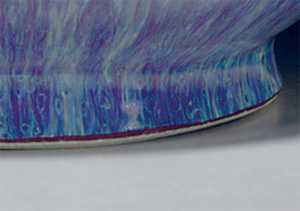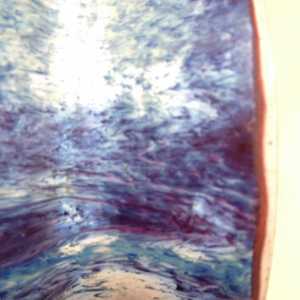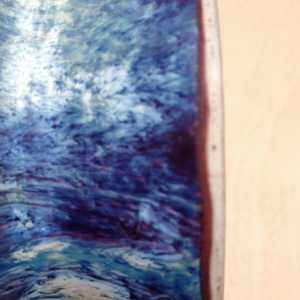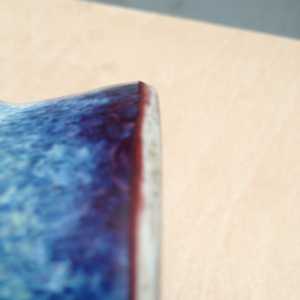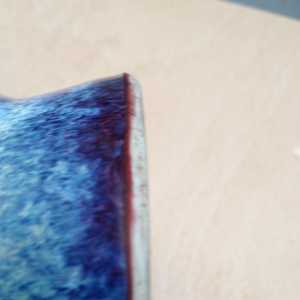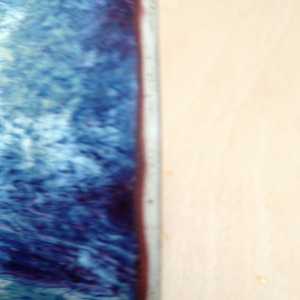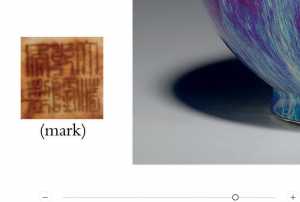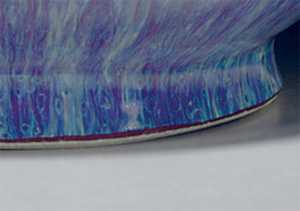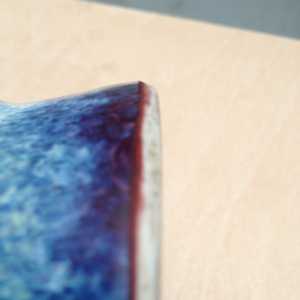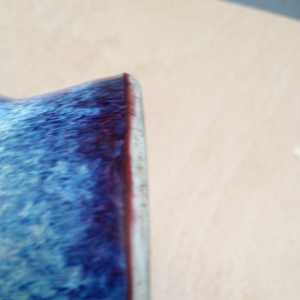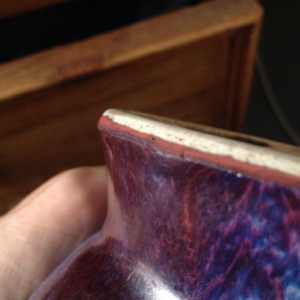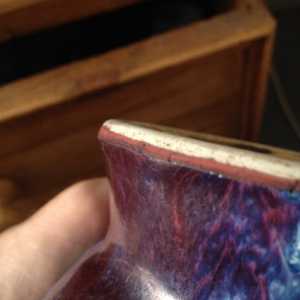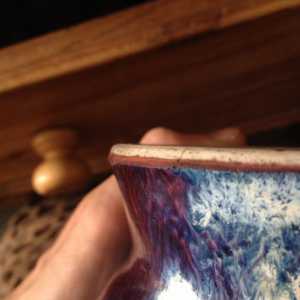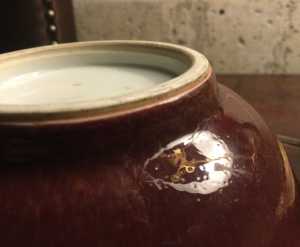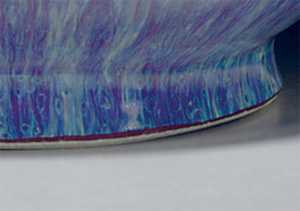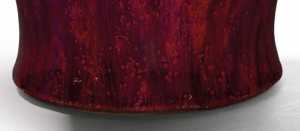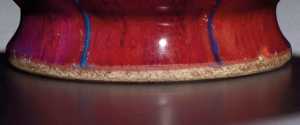The Chinese and Asian Art Forum. For Fans, Collectors and Dealers.
 Basic Rules For the BidAmount Asian Art Forum: Talk about whatever you want. You can even discuss and offer things that are for sale if they are authentic. Maximum image file size per post is 2 MB. Images of 700pxl x 700pxl are optimal if saved at a medium resolution. Be respectful of others and enjoy yourself. Click the YouTube link for a brief tutorial on using the forum. You can also EMBED Videos by cutting and pasting from You-Tube, Vimeo etc.
Basic Rules For the BidAmount Asian Art Forum: Talk about whatever you want. You can even discuss and offer things that are for sale if they are authentic. Maximum image file size per post is 2 MB. Images of 700pxl x 700pxl are optimal if saved at a medium resolution. Be respectful of others and enjoy yourself. Click the YouTube link for a brief tutorial on using the forum. You can also EMBED Videos by cutting and pasting from You-Tube, Vimeo etc.
NOTE: To post an item or add a new post, click open the category title from the FORUM LIST, and CLICK the Blue ADD TOPIC button.
Thank for the close ups after viewing the mark my opinion is this mark is not a make and period mark. There are to many discrepancies. A true Qainlong period piece would not have errors in the mark it would be destroyed. The artist that mark these pieces did this their entire life it would be hard to except that on this day they would not only write the mark in incorrectly but change the entire structure. This is just my opinion. I have seen these pieces before several times in Reading PA they where attribute to first half of 20th century. And priced around $1500 retail so you still come out ahead.
Dear Tom,
first at all forget the word “Imperial”. It is not the mark that qualify an item as being imperial.
Said that, I am pretty sure that you have a 19th century vase. May be even early 19th, can’t say by the pictures, but anyway 19th century.
There are only a very few pictures that are well readable, and none of them are showing the border of the glaze at the foot; despite that, I am convinced that the border of the glaze has been trimmed. Can you confirm that?
Regards,
Giovanni
@lotusblack Thanks for taking an interest Brian and Giovanni,
Brian,
thanks good to know I'm not going to loose money.. I don't know anything about Chinese marks, but looking at the examples from Flambe vases that have been authenticated by Christie's etc, they seem to be pretty messy and have parts missing. Also there appears to be different versions of the qianlong mark, I've made some screen shots, mostly flambe but all imperial marks from Christies etc, my vase mark is not pictured in these photos. They seem to vary a lot to my eye, but I don't speak Chinese, so my understanding is limited.
Giovanni,
Thanks again for your interest, I've taken some more shots of the foot, (attached). It looks like its been cut to me. I've also attached some close up pictures of the foot of a qianlong flambe vase sold at christies...(the one where the vase is resting on a white desk is the christies vase, to others are photos of the foot of the vase I have).
Dear Tom,
very blurred pictures but it is clear that, as I supposed, the glaze border and foot has been filed. That is typical of 19th century vases of this type.
If I can give you a suggestion, forget the mark, do not spend time about that. I never look to the marks. An item, in my view, must be let say 18th century or not, and it is surely not the mark that will decide that.
Giovanni
Thanks Giovanni,
As I understand from Peters videos, a foot like this, neatly cut with a snow white colour, is an 18th century vase?
If you compare it to the photos of the foot in the last attachments, it looks identical to the imperial foot attached. It's confusing as the colour is very similar to the vase I have, but the photo is of an imperial foot / mark (the vase sitting on a white table top)
@clayandbrush here's a comparison.
this link is to the foot of an imperial 18th flambe vase qianlong. It looks identical to the foot of the vase I have. I've attached screenshots of the christies vase in this link (and my vase)
Dear Tom,
your vase is 19th century, and I would not put my hand on the fire in claiming that the Christie’s one is 18th century.
The foot of that vase too has been filed, and that is not normal for 18th century vases. Absolutely not. Where has it been filed? At the factory or elsewhere? Who knows.
I insist in saying that the use of the word Imperial is not proper here. Note that Christie’s too is not clearly saying that their vase is imperial. They make a lot of talk about the reproduction of Jun glazes at Imperial kilns, bla bla bla etc etc but they do not say that it is all referred to the vase in question. A lot of bla bla for “gilding the lily”. Very eBay style. Note that it has been sold at an online auction, where they sell things that are below their quality level for the auctions in their rooms. It reached that price because of the name; prices at auctions can’t be taken for reference, so many variables there.
I bet that if auctioned today, that vase will surely sell for much less than the price it has been sold.
Giovanni
PS: as for what you understood from Peter’s videos, “neatly cut” is not the same than “filed”. Your vase has been clearly filed. I doubt that Peter took a filed foot as a typical example for 18th century.
Thanks Giovanni, Here are some clearer shots of the foot, just to be sure. It looks cut to me, I don't see any traces of filling.. The line between the glaze and foot is seamless. But I'm not experienced in these vases, so I don't know exactly what I'm looking for, how can you tell it's been filled?
thanks in advance,
Tom
Your last set of pictures clearly show what Giovanni is trying to describe to you. Notice how the glaze goes from shiny to dull color. That dull red area is where the glaze was mechanically ground off of the foot rim. Take a look at the attached photo and notice how the shiny red glaze rolls to a neat stop at the edge of the foot rim. This photo is from a Kangxi bowl in my collection. In the 19th century, Chinese potters lost the ability to control the flow of this particular glaze so that it would not run over the foot rim.
@william Bill, was it just particular colors of glazes this issue pertained to or was it across the board?
Dear Tom,
I never said “filled”😊.
I said “filed” which is completely different.
The glaze is not ending naturally to the edge, the glaze has been “cut”. William explained it perfectly.
If you look straight perpendicularly to the surface of the “cut”, you can see through the glaze because the edge is missing the “skin” of the glaze.
The foot of the item shown by William is of the type described by Peter as having been cut; instead the foot of your vase has been filed together with the glaze edge. No step between them.
Instead I have not understood what John is asking. To which glaze is referring not what board. Which board?
Regards
Giovanni
Hello again, Sorry if this is getting tedious, but I can't ignore the 18th century flambe vases sold at Christie's that have clearly been cut in the same way. You can see in these photos, the glaze has been cut, leaving a matte finish. These are all 18th century according to Christies:
They state in descriptions : "This dedication to the accurate recreation of Song dynasty glazes on porcelain continued well into the Qianlong period, when the present vase was made, and into succesive reign periods thereafter"
quote is from the first link below:
@clayandbrush Sorry for the confusion - "across the board" is just a figure of speech that means something applies in all similar cases. I was just asking if the 19th C potters had issues with controlling all glazes or if it was just certain colors and types such as the flambe, etc?
@thomasumjohnson I too find this a bit confusing. I was looking at Sotheby's examples and noticing the same issue. Some looking filed and some didn't, but all were being attributed to the 18th C. and being mark and period. I also noticed some did not sell and there is a wide price range between the different examples.
Thanks for visiting "The BidAmount Asian Art Forum | Chinese Art"
If you sell on eBay, or have a shop feel free to post images and descriptions and links.
Check back often for discussion about the latest news in the Chinese art and antique world. Also find out about the latest Asian art auctions at Sotheby's, Christie's, Bonhams and Tajans.
Auction results for: fine porcelain, ceramics, bronze, jade, textiles and scholar's objects. As well as Japanese, Thai, Vietnamese and other Asian cultures.
Thank you,
Peter Combs
Topics and categories on The BidAmount Asian Art Forum | Chinese Art
Kangxi vases, Kangxi dishes and chargers, Kangxi ritual pieces, Kangxi scholar's objects, Qianlong famille rose, Qianlong enamels, Qianlong period paintings, Qianlong Emporer's court, Fine porcelain of the Yongzheng period. Chinese imperial art, Ming porcelain including Jiajing, Wanli, Xuande, Chenghua as well as Ming jades and bronzes.
The BidAmount Asian Art Forum | Chinese Art
A free Asian art discussion board and Asian art message board for dealers and collectors of art and antiques from China, Japan, Korea, Thailand, Cambodia, Vietnam and the rest of Asia. Linked to all of the BidAmount Asian art reference areas, with videos from plcombs Asian Art and Bidamount on YouTube. Sign up also for the weekly BidAmount newsletter and catalogs of active eBay listing of Chinese porcelain, bronze, jades, robes, and paintings.
The art of calligraphy - and for the ancient Chinese it certainly was an art - aimed to demonstrate superior control and skill using brush and ink. Calligraphy established itself as one of the major Chinese art forms during the Han dynasty (206 BCE - 220 CE), and for two millennia after, all educated men were expected to be proficient at it.
The Museum’s collections of Asian art span nearly five millennia and encompass the cultures of China, the Himalayas, India, Japan, Korea, and Southeast Asia. In 2007, the Museum launched an initiative to create dedicated galleries for the collection, beginning with a gallery for the arts of Korea ...
Chinese art is full of symbolism, in that artists typically seek to depict some aspect of a totality of which they are intuitively aware.
China Online Museum is the finest online museum of Chinese art. It features Chinese calligraphy, painting, ceramics, bronzes, carving, and other artworks.
Chinese Ceramics & Works of Art. Overview Upcoming auctions Contacts Auction results ... Christie’s sales of Chinese ceramics and works of art showcase centuries of Chinese history. Held throughout the year in London, New York, Paris and Hong Kong, they attract a wide audience of collectors and connoisseurs vying for pieces as diverse as ...
Explore Asian Art Week. Contact the Specialist Department. Chinese Paintings ... Senior Specialist, Head of Sale. [email protected]. Tel:+1 212 641 5760. Bid in-person or online for the upcoming auction:Fine Chinese Paintings on 10 September 2019 at New York. Bid in-person or online for the upcoming auction:Fine Chinese Paintings on 10 ...
Discover an abundance of must-see art from all corners of a vast continent at Christie’s NY Asian Art Week. From contemporary classical and Chinese paintings to works with exemplary provenance from the Art Institute of Chicago, our Rockefeller Paza galleries will be full of ancient treasures and contemporary masterworks in a salute to the vibrant arts of Asia.
Sold to benefit The Art Institute of Chicago’s Asian Art Acquisition Fund, the sale features 84 lots with a focus on Ming and Qing porcelains, and offers a rare insight into the taste for collecting Chinese ceramics and works of art in the Midwest from the end of the 19th century through the 1980s. Highlights include two Wanli wucai garlic-head vases, a Qianlong mark and period, blue and ...
Specialist, Chinese Paintings, Christie's London Dr Malcolm McNeill is a Specialist in Chinese Paintings at Christie’s, based in London. He previously worked as an assistant curator of the Chinese collections and the Victoria and Albert Museum in London, as a researcher at the British Museum, and as a translator and tour guide at the National Palace Museum in Taipei.
The Christie's Education 2020 Conference: The Chinese Art Market 18 Jun 2019 Christie’s Education is delighted to announce our first international academic conference in Asia which will take place in Hong Kong from 26-27 November 2020 at the Hong Kong Convention and Exhibition Centre and will run in parallel with Christie’s Hong Kong Autumn Auctions.
The summer Chinese Art sale in Hong Kong will feature works of art from several private collections, including Qing porcelains and textile from the collection of the legendary Chinese art dealer A. W. Bahr (1877–1959), fine gilt bronze Buddhist sculptures from an old Hong Kong collection, an East Asian collection of Qing dynasty wine cups and jades, and a Japanese collection of Song ceramics ...
Sotheby's Chinese Works of Art Department holds two auctions each year in London, New York, Hong Kong and Paris.
Chinese Art - View Auction details, bid, buy and collect the various artworks at Sothebys Art Auction House.
With more than 340 Chinese works of art dating from the Neolithic to the Republic periods, highlights of this sale include a selection of Qing Imperial monochromes from the collection of Arnold and Blema Steinberg, early ceramics from the Art Institute of Chicago and Chinese porcelain and works of art from the collection of Henry Arnhold.
Results: Sotheby's Asia Week achieved $52.4 million in six strong auctions, exceeding pre-sale estimates. With 76.5% of lots sold and 60.3% of lots surpassing high estimates, the Asian art sales at Sotheby's indicate continued collector interest in the finest works of art from China, India and and the Himalayas.
Today's sale of Important Chinese Art will proceed as planned with sessions at 10 AM and 2 PM EDT. Sotheby's will be monitoring the weather conditions throughout the day and will be available to coordinate alternative bidding options should conditions make it difficult for clients to attend the auction in person.
Bonhams Chinese Art department is renowned for offering the finest works of art representing the richness and breadth of China's artistic heritage, particularly Imperial porcelain, white and spinach green jades, cloisonné and Buddhist art. Specialised international auctions are held globally, including London, Hong Kong and San Francisco.
Bonhams : Chinese Works of Art We use cookies to remember choices you make on functionality and personal features to enhance your experience to our site. By continuing to use our site you consent to the use of cookies. Please refer to our privacy and cookie policies for more information.
Bonhams Fine Art Auctioneers & Valuers: auctioneers of art, pictures, collectables and motor cars. We use cookies to remember choices you make on functionality and personal features to enhance your experience to our site. By continuing to use our site you consent to the use of cookies. ... Chinese Art (US) General enquiries
Bonhams : Fine Chinese Art We use cookies to remember choices you make on functionality and personal features to enhance your experience to our site. By continuing to use our site you consent to the use of cookies. Please refer to our privacy and cookie policies for more information.
Bonhams Fine Art Auctioneers & Valuers: auctioneers of art, pictures, collectables and motor cars Bonhams : Asian Art We use cookies to remember choices you make on functionality and personal features to enhance your experience to our site.
Bonhams are international auctioneers of fine Chinese and Japanese art. We specialise in rare Imperial and Export Chinese ceramics and works of art, as well as Japanese ceramics, fine and decorative works of art from the Neolithic Period to the 20th century. View on map
Bonhams Fine Art Auctioneers & Valuers: auctioneers of art, pictures, collectables and motor cars. We use cookies to remember choices you make on functionality and personal features to enhance your experience to our site. By continuing to use our site you consent to the use of cookies. ... Asian Art Bonhams. Work. 22 Queen St.
